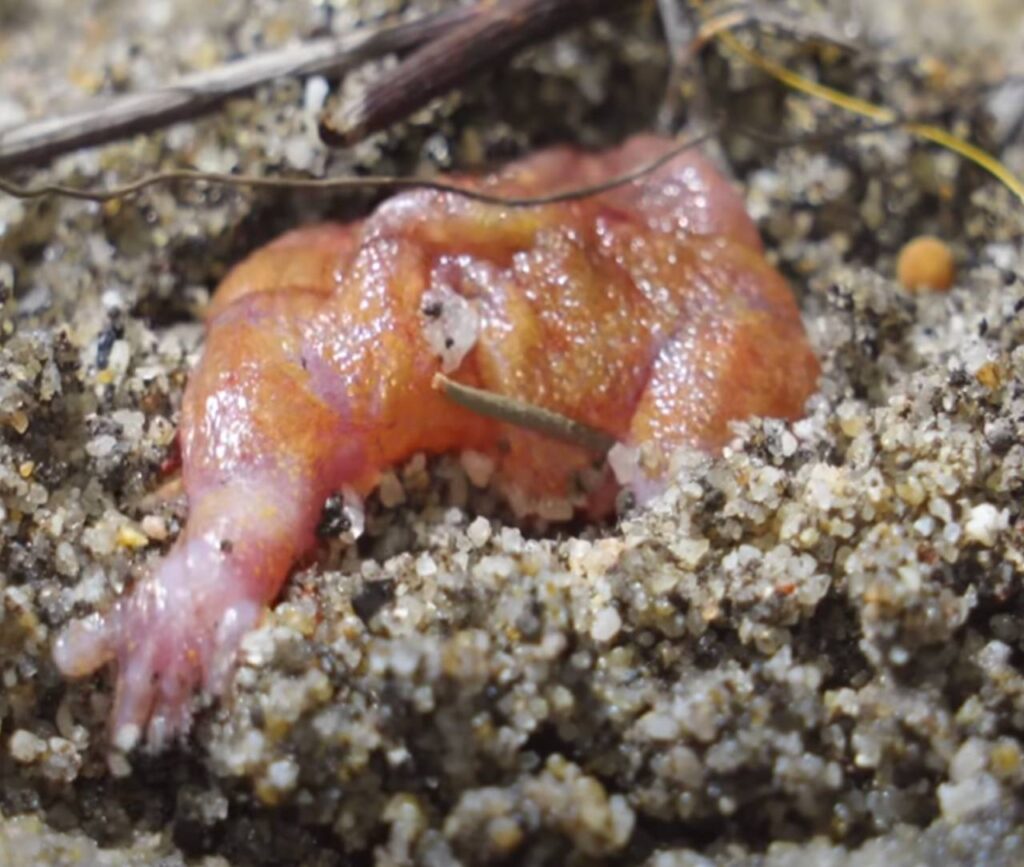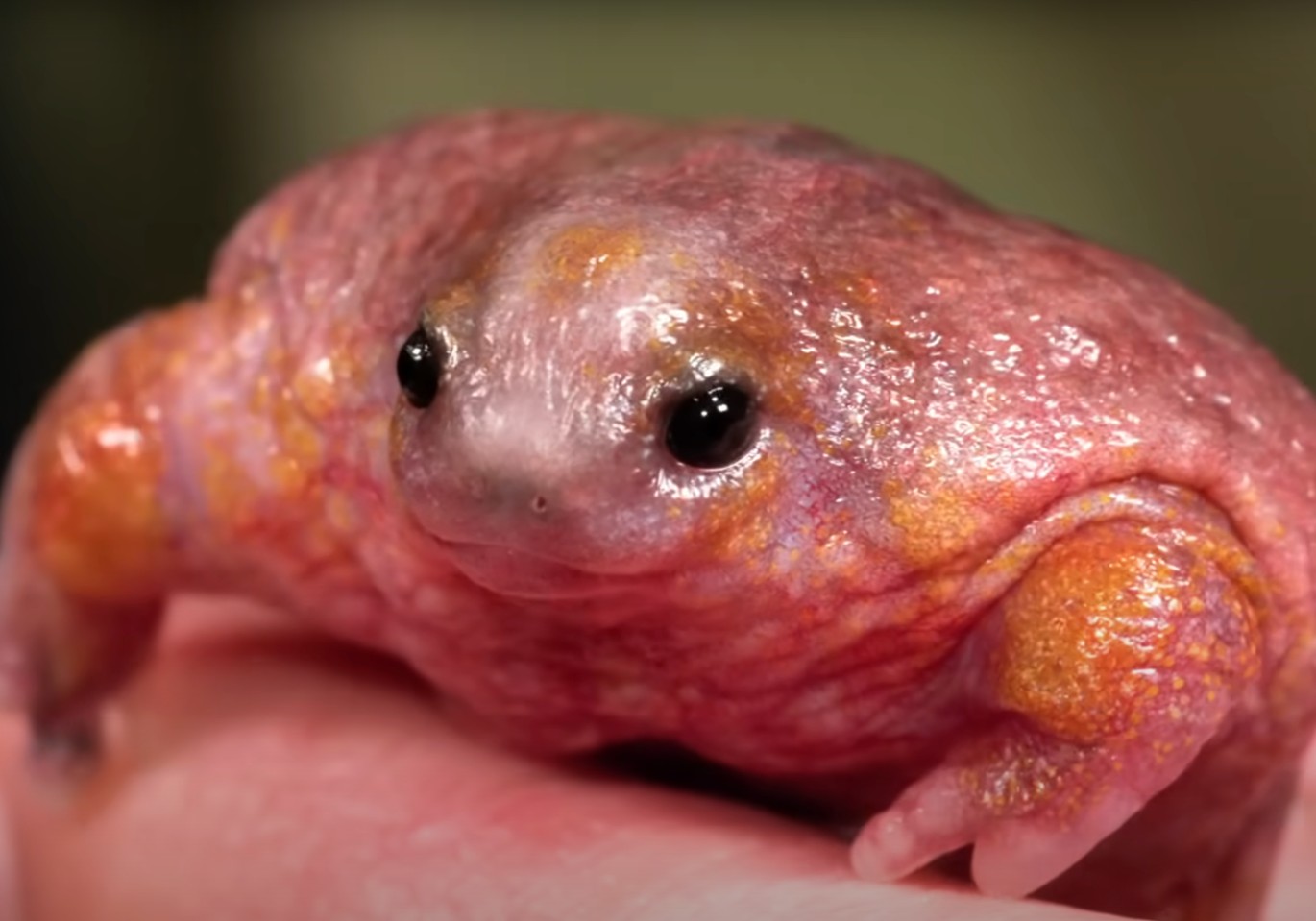Description and features
Future research on the turtle frog could focus on several key areas. Studying their behavioural patterns and responses to environmental changes will provide insights into their adaptability. Moreover, examining the impact of climate change on their habitat and food sources will be essential to understand how to protect them effectively. Genetic studies could also shed light on their evolutionary history and help in developing conservation strategies tailored to their specific needs. Engaging citizen scientists in these research efforts can enhance data collection and foster community involvement in conservation.
Cultural Significance
The turtle frog has not only ecological value but also holds cultural significance for Indigenous Australians. Various Aboriginal groups have long respected and incorporated local wildlife into their traditions and stories. The unique appearance and behaviour of the turtle frog have inspired local folklore, highlighting the interconnectedness of culture and nature. Understanding these cultural perspectives can enrich conservation efforts, fostering a deeper appreciation for the species and the ecosystems they inhabit.
Conservation Status
Despite their fascinating characteristics and unique adaptations, turtle frogs face various threats that could impact their populations. Habitat destruction due to urban development and agriculture poses a significant risk to their natural environments. Conservation efforts are crucial to ensure the survival of this remarkable species. Initiatives aimed at habitat preservation and environmental education can help raise awareness about the importance of protecting these amphibians. Additionally, research into their ecology and behaviour will provide valuable insights for effective conservation strategies. Community involvement in monitoring local turtle frog populations can also play a vital role in safeguarding their future.

The turtle frog (Myobatrachus gouldii) is a unique little amphibian found only in its own genus. Unlike most frogs, it doesn’t really look like one—its body is round and bulky, almost like a turtle without a shell, while its head and paws are quite small. These frogs only grow to about 4.5 centimeters long. Their light brown, turtle-like appearance is matched by their unusual way of digging: instead of using their back legs like other frogs, turtle frogs use their strong front legs to burrow headfirst into sandy soil. This digging style also helps them hunt for termites, their favorite food. These special adaptations make the turtle frog perfectly suited to life in sandy habitats.
Lifestyle and nutrition
These unusual amphibians spend almost their entire lives underground, in cosy burrows. They emerge to the surface primarily following rainfall, which provides a brief opportunity for them to hunt and breed. Their aversion to surfacing is quite pronounced; turtle frogs have been observed consuming termites even while remaining underground, demonstrating their remarkable adaptability. With an impressive appetite, an adult turtle frog can consume around four hundred termites a day, showcasing their role within the ecosystem as predators of these insects. This diet not only sustains them but also helps control termite populations in their native habitats.
Habitat

The turtle frog is endemic to Australia, thriving primarily in the western regions of the country. It is important to note that the population of these unusual animals is not as small as one might expect; estimates suggest there are at least 50,000 individuals. These strange amphibians can commonly be found under fallen trees, in sandy soil, or in other terrestrial shelters, typically away from water sources. Their habitats extend to forest and shrub zones that feature sandy soils, which are ideal for their burrowing behaviours. Interestingly, they love to excavate themselves into the sand, and even their reproduction process occurs within this sandy environment. This choice of habitat plays a crucial role in protecting them from predators and harsh environmental conditions.
Reproduction
During the mating season, female and male turtle frogs hide in the sand, where they engage in copulation and spawning. The female lays between 15 and 20 relatively large eggs, each measuring about 5-7 millimetres in diameter. A fascinating aspect of their reproductive strategy is that the full development of tadpoles transpires within the eggs themselves, from which a fully formed frog emerges. This unique form of reproduction is advantageous as it provides a safe environment for the developing offspring, shielding them from potential threats. Furthermore, it allows the turtle frogs to adapt to the unpredictable conditions of their environment, ensuring that their young have the best chance of survival.






